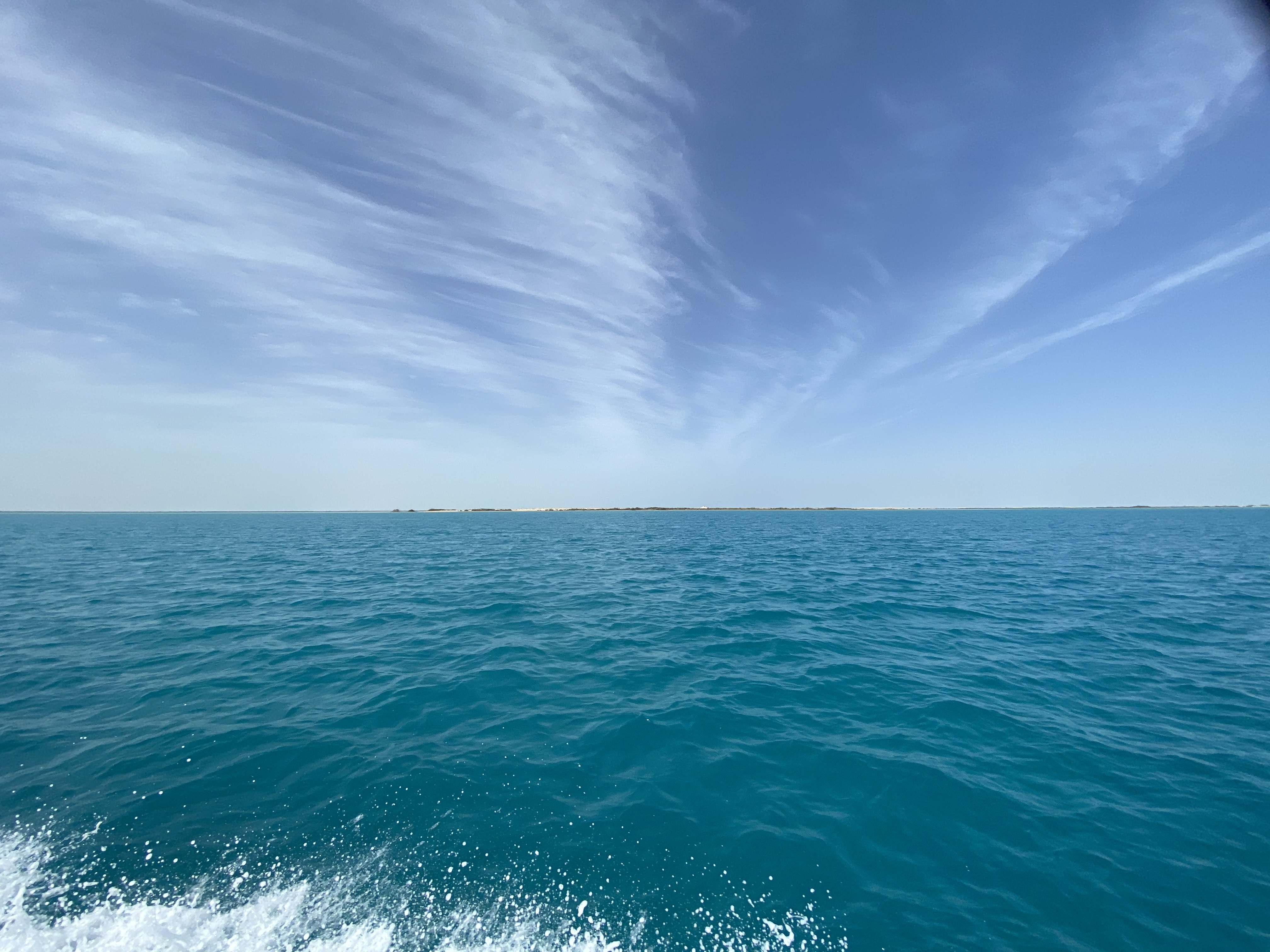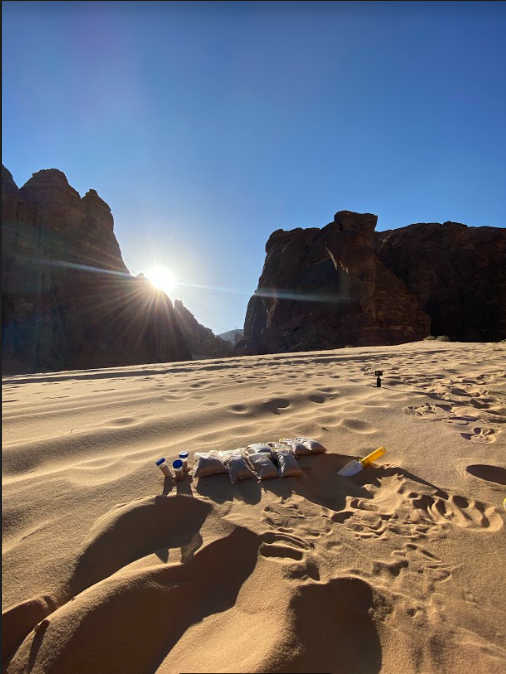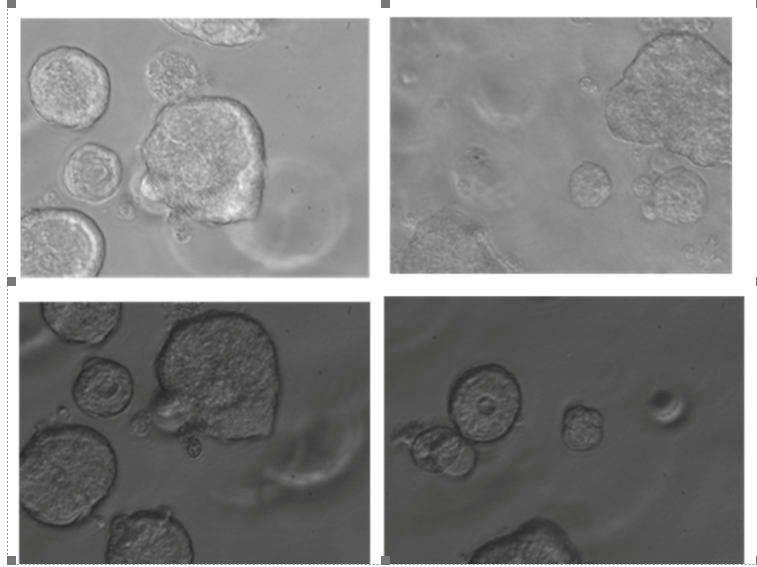

Extremophiles
Survey of the cultured and uncultured extreme microbial community and their potential roles in Saudi Arabian extreme environments
Microorganisms able to survive in hostile environments (e.g., deserts, volcanoes, hot springs, deep sea, hydrothermal vents, among others) are called extremophiles. Kingdom of Saudi Arabia (KSA) ecosystems are frequently exposed to extremely harsh conditions, including high/low temperatures, low humidity, high UV irradiation and dissection, alkaline pH, oligotrophy and various combinations of extremes. The extreme conditions in the environments of KSA make it one of the most inhospitable and interesting places on Earth for research on extremophiles. At first glance, these environments appear homogeneous, however, there are actually a number of unusual and also peculiar ecosystems, displaying distinct sites with various degrees of environmental extremities, including very specific nutritional, chemical, physical and biological traits that certainly affect the microbial diversity and metabolic activities in these sites.
The KSA harbours a very diverse extreme environments that may be an innovative source of taxonomic novelty; however, the characterization of the extreme microbial community of Saudi Arabian extreme environments remains in its infancy. By using different strategies and methods of culture-dependent techniques and multi-omics approach, our group aim to unveil the unique microbial diversity associated with these extreme environments, as well as shed light into the development of novel and/or optimized culturing methods required to uncover the extreme microbial dark matter.

Extremophiles of Saudi Arabia: applications in Astrobiology and Biotechnology
Extremophiles represent a largely underexploited and promising resource for the discovery and improvement of bioproducts, as a consequence of the great diversity and unique hostile conditions, such as deserts, volcanic field, hot springs, deep sea and hydrothermal vents, commonly found in Saudi Arabia ecosystems. These extreme environment exhibits a unique combination of harsh environmental conditions that is undoubtedly reflected in a myriad of unique microbial communities inhabiting the these environments, making a hotspot of extremophilic microbial life with numerous metabolic activities, toward extremophiles as great candidates as a source of novelty for biotechnology.
Polyextremophilic microbes, such as we found thriving in the Saudi Arabian extreme environments under multiple hostile conditions, have developed biological adaptations and strategies to remain metabolically active in the challenging conditions. These microorganisms exhibit a versatile and diverse metabolic and physiological capabilities, and probably synthesize (novel) bioproducts (e.g., enzymes, surfactants, bioactive substances, and pathways) that can lend themselves to several applications, such as in agriculture, food, biofuel, oil, pharmacological and medical industries, and also, for promising applications in the production of bioplastics and other biopolymers.
Our hypothesis is that extreme environments from Saudi Arabia present novel extremophilic microbes and they may contain metabolic capabilities not yet described and biotechnologically relevant. Align with this statement, our group is focused in bioprospecting the huge potential of terrestrial extreme environments of Saudi Arabia and the extremophilic microbes flourishing in for multiple biotechnological purposes.
Additionally, some extreme environments found in KSA even resemble extraterrestrial ecosystems. In this way, one of the research lines of our laboratory is also exploit extremophiles for the astrobiology field, whereas study of the origin, evolution, distribution, and future of life in the universe. Several extremophiles might indicate how life on Earth began and how life could exist beyond Earth. Studying with the most elementary building blocks, extreme microbes may provide significant insights about the origins and evolution of life on Earth, to expand the knowledge into the boundaries of life and to prospect extraterrestrial life that may exist within the Solar System due to their capacity of surviving in analogues extreme extraterrestrial habitats or in simulated.
In this context, we targeted major extreme biomes in KSA to explore the microbial community diversity through polyphasic approach (culture and multi-omics), and bioprospect the extreme properties and potential application in evolution and life boundaries.
The
Mangrove Microbiome
Mangroves are one of the most important carbon sinks in the world. Protecting mangrove forests and sustaining their health is a primary goal of the mangrove microbiome initiative (MMI), which our lab is leading in collaboration with many labs around the world.
Mangroves thrive in very challenging conditions. The Red Sea mangrove ecosystem is considered to be one of the mangrove’s most extreme ecosystems because of the high salinity and oligotrophic seawater. Also, the high temperatures of the weather and seawater make the Red Sea and its mangroves an exciting area to study. We believe that in such harsh conditions the beneficial interaction between the host (mangroves) and its microbiome is essential to keep hosts (mangroves) and ecosystems healthy. Exploring this microbiome that confers tolerance to the mangroves to thrive is the primary block to building our understanding of the mangrove microbiome.
As the mangrove ecosystem is complex and consists of many elements and the mangrove tree, our approach to understanding it should reflect that complexity as well. For that, we are studying the microbiome in sediment at different depths, in the water column at different depths, in surrounding non-vegetated soils as well as the microbiome in leaves, rhizosphere, and root. We believe that assessment and understanding of these micro-environments would serve as a health indicator for the mangrove ecosystems.
These healthy microbiomes are cultured in the MEGB lab and screened for their potential to rescue mangroves and promote their health in their challenging environment. After that, a consortium of beneficial microbes is developed ideally to confer abiotic/biotic stress tolerance to prone mangroves. To test that, a model mangrove system will be used to observe the effect of the consortium under challenging conditions.
In the MEGB lab and MMI, we are aiming to understand the molecular dialogue between the host (mangrove) and microbiome using Omics approaches. We believe that understanding this interaction would unlock the great potential of the extremophile microbiome to serve as tools in sustaining healthy shores of mangrove forests, and healthier water bodies for marine life.
Human health
Intestinal Organoids and Human Microbiome
Organoids are 3D in vitro tissue constructs that mimic organs. The main goal of this project, a collaboration with Prof. Charlotte Hauser, is to build an organoid model to study the human microbiota residing in the small intestine. Building such a model is complicated and demanding as it requires knowledge in multiple aspects such as stem cells, cell culture, chemistry, microbiology and immunity.
To study the interactions between the small intestine epithelium and gut microbiome, we have picked a few strains to create a simplified human intestinal microbiota model (SIHUMIx). This simplified human microbiome will be further microinjected into the human intestinal organoids to study the effects on the function and differentiation.

SW1222 organoids embedded in standard Matrigel (40x). The photo was taken on Day 3 by Leica DMI3000 B Phase contrast microscopy.
Microbiologically influenced corrosion (MIC)
Study the impact of microbiologically influenced corrosion and formation of biofilms by biochemical and electrochemical methods
Microbiologically influenced corrosion (MIC) is an electrochemical process where microorganisms play a significant role in initiating, facilitating, and accelerating the corrosion reaction. Microorganisms can produce extracellular polymeric substances (EPS), which play a key role in biofilm formation on metal surfaces. EPS consist of proteins, polysaccharides, nucleic acids, lipids, and metabolites, which can lead to dissolution of metal oxides and electrochemical processes on metal surfaces. We study and evaluate the effect of biofilm microbial diversity on corrosion. The biofilms and corrosion products are characterized by X-ray diffractometry (XRD), atomic force microscopy (AFM), and scanning electron microscopy (SEM). Corrosion of the carbon steel is monitored by evaluating electrochemical parameters, including polarization, AC impedance, and weight loss methods. The findings of this study can help researchers to choose and evaluate efficient corrosion inhibitors/biocides to minimize microbial-influenced corrosion problems.
We also do fabrication of magnetic nanowires in our lab and we are studying the effect of addition of iron nanowires on carbon steel microbial corrosion.